This afternoon I visited Dashing Tweeds new shop on 26 Sackville Street, W1 (round the corner from Saville Row), where I received a warm welcome on a wet wintery afternoon.

It was even more exciting than anticipated with colourful delights in every corner.
This is the first time I have seen the entire range (or this much of it, at least) in one place.
Want, want, want….
I arrived all prepared with samples and plans and patterns and colourway palettes for each of the five garments we are making….
…….and as expected was overwhelmed by a spectrum of extraordinarily lovely materials that had me saying “ooooh, hang on, I could do this or that or maybe…..”
There is something about suddenly seeing, feeling, holding, gathering, touching and layering material at this scale that shifts and changes ideas. Weaves that I loved in single swatches suddenly looked different in new relationships and configurations – it wasn’t that I lost interest in them, I just saw others that competed for my attention. Aaargh….
Fortunately Guy and Holly were very generous with their time and experience, offering suggestions of colourways, rolling out swathes of material and happily chatting through ideas.
What really attracts me to Dashing Tweeds, in addition to the quality and colour, is their hands-on approach and cutting-edge design. Guy has been supportive of this project for years and all of the pieces in the ‘collection’ (as I’ve recently taken to calling it) will incorporate pieces of their special Lumatwill range, designed specifically for cycle wear with 3M thread interwoven in the pattern.
As Rachel and I have expressed before, the research project was never designed to reproduce ‘authentic’ historic garments (whatever that actually means). Rather, drawing on archival data we are interesting in making garments from 1890s patents for the purpose of better understanding the women who invented them, reflecting deeply on the designs though the designs themselves, and hopefully answer questions abut the garments we didn’t think to ask.
Late nineteenth century Britain, for many middle and upper class women, would have provided a heady mix of new ideas, exposure to other cultures (and fashions), access to materials (new weaves, colours and patterns) and technologies (incl. sewing machines) as well as an influx of people with new skills and knowledge. Many would have embraced and curated their wardrobes within this richly nuanced landscape of possibility, showcasing frontier fashions.
After fondling many, I finally bought a few pieces (yay!)… but left with even more samples in order to configure the rest of the collection.


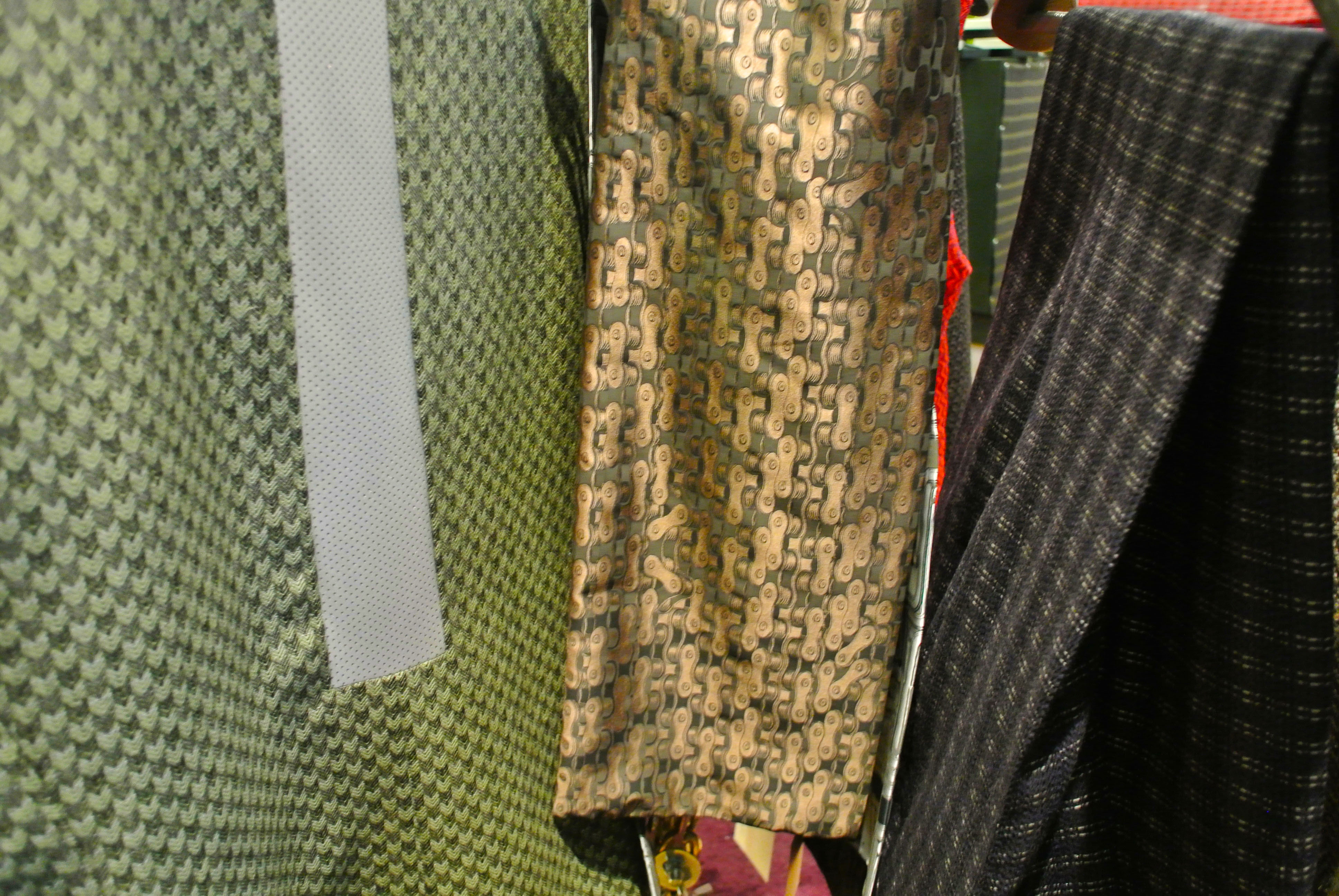
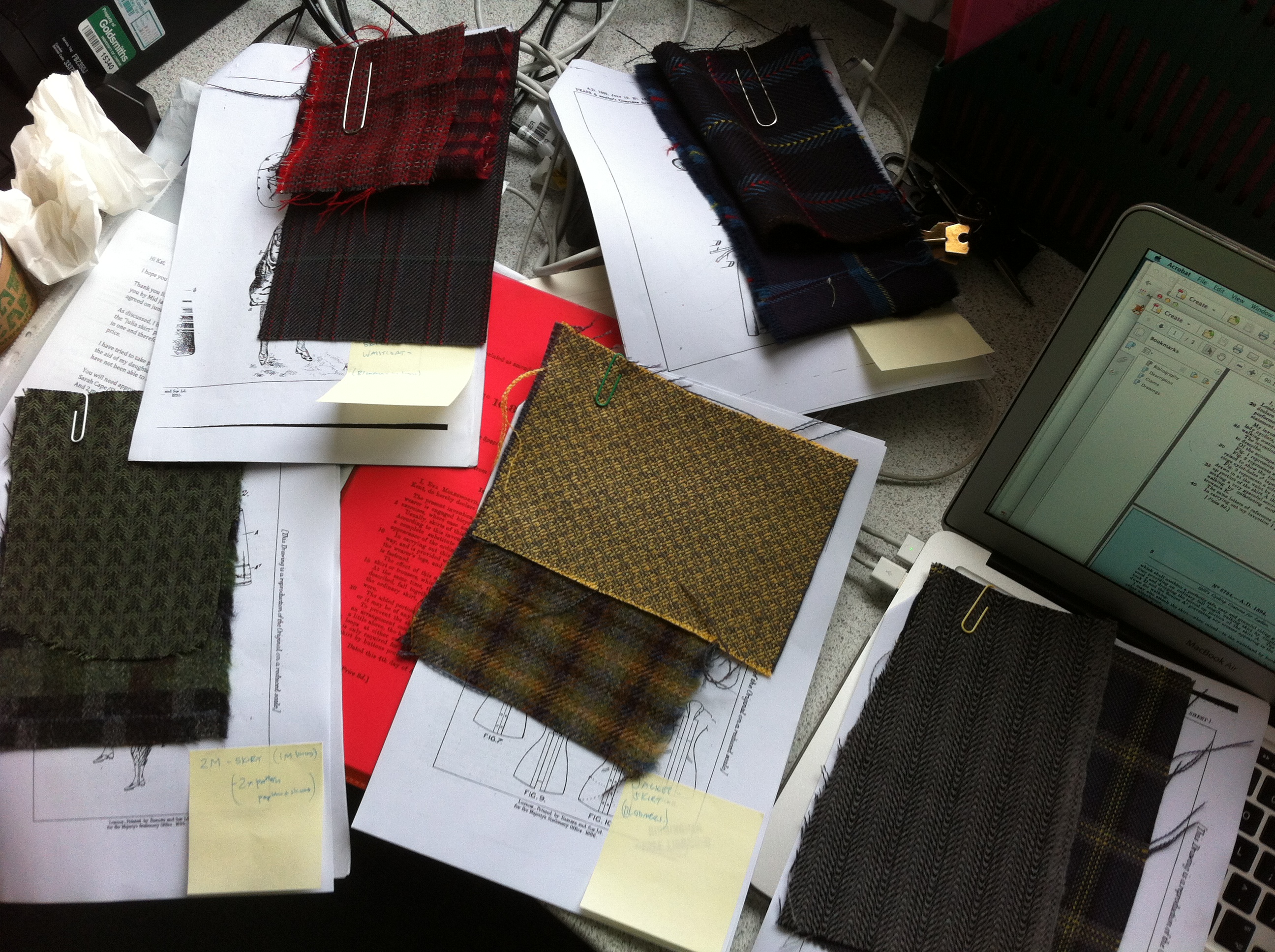
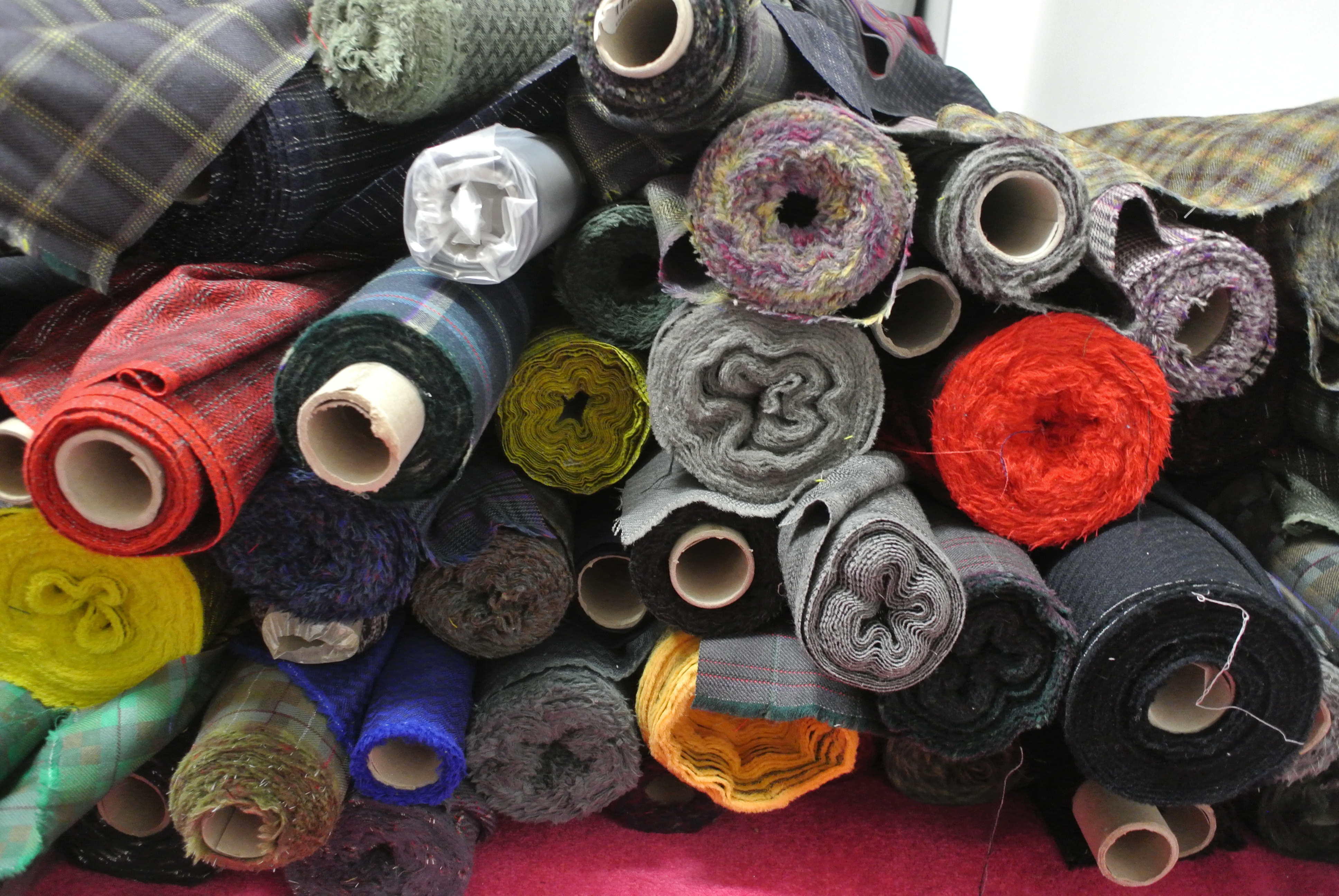
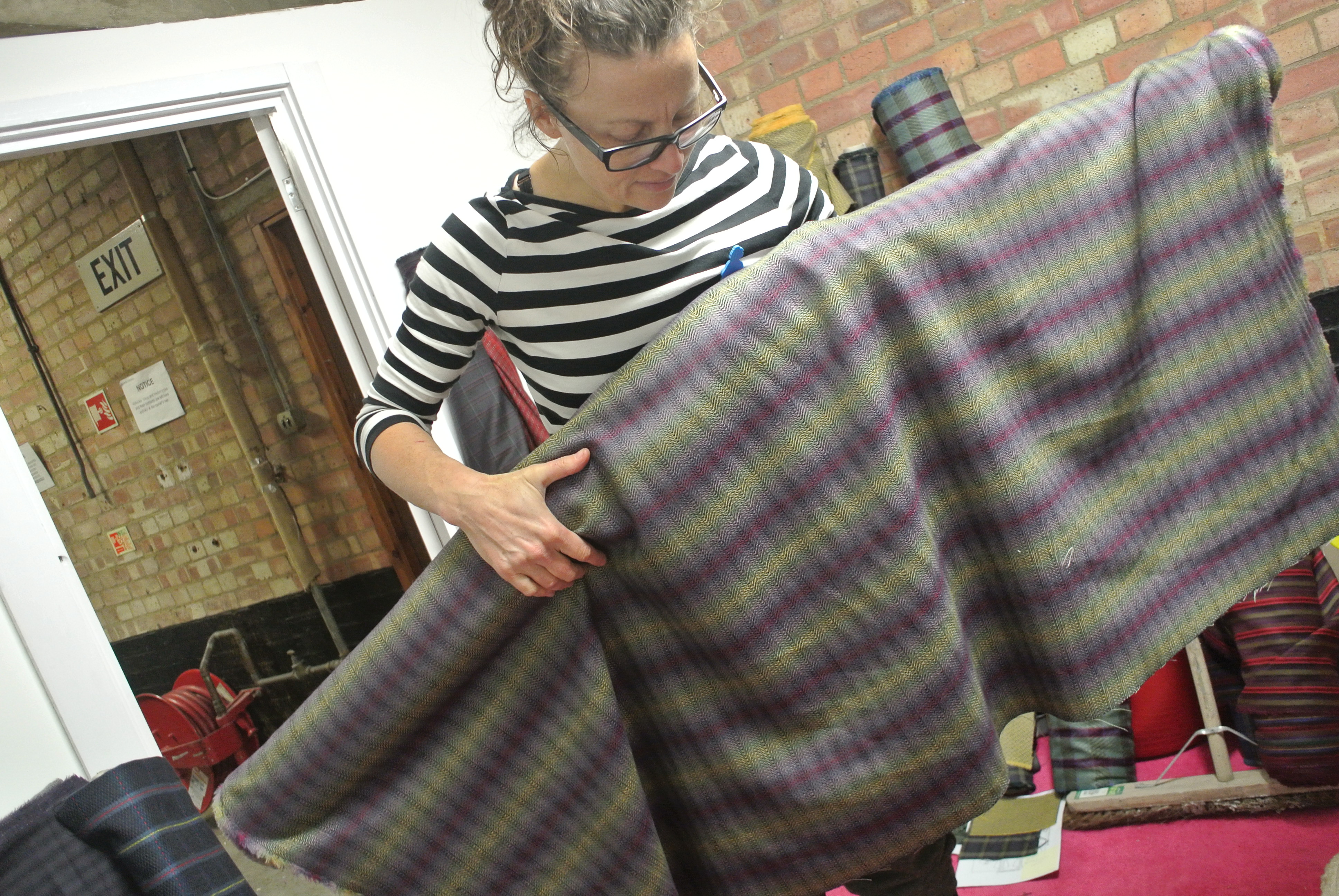
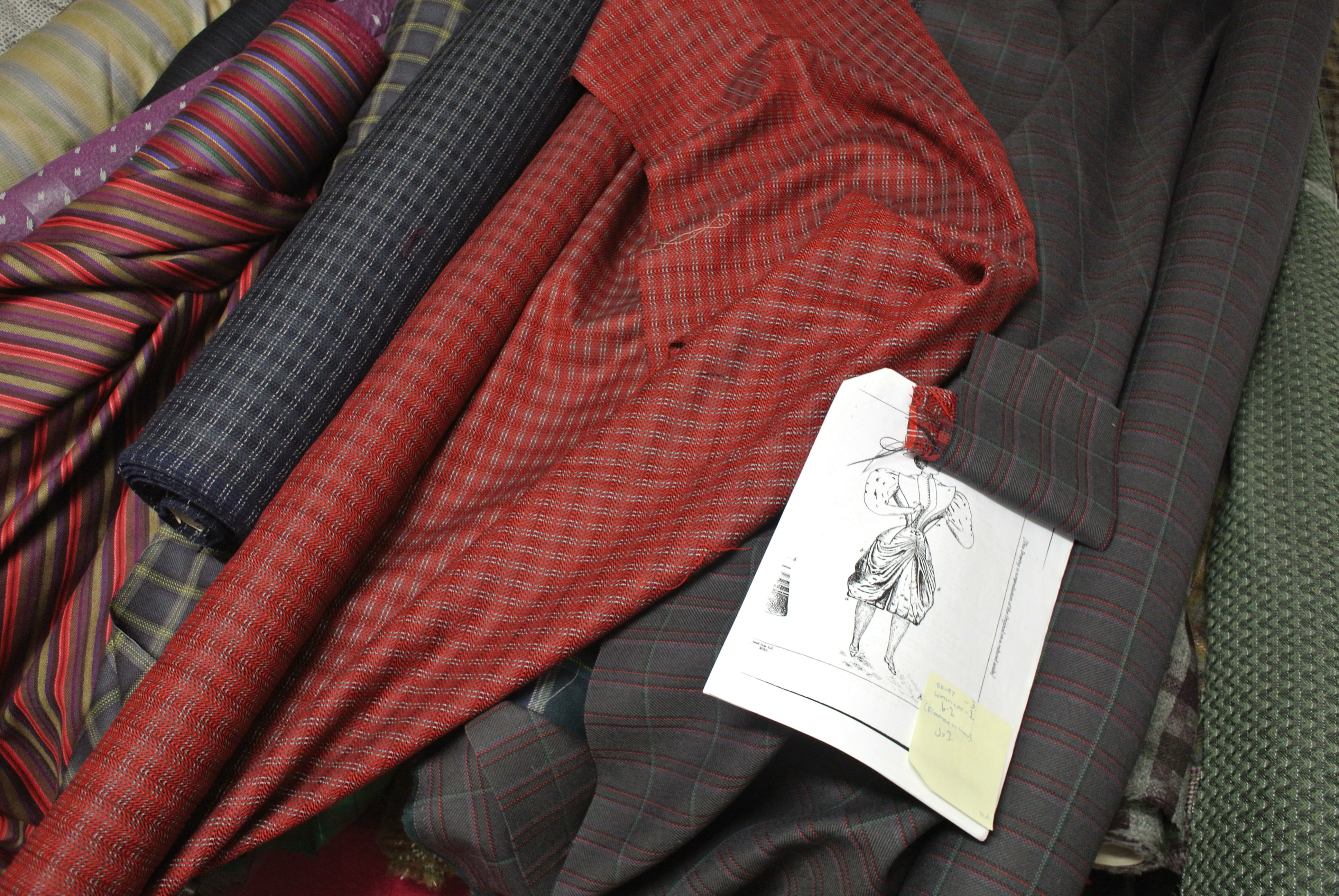
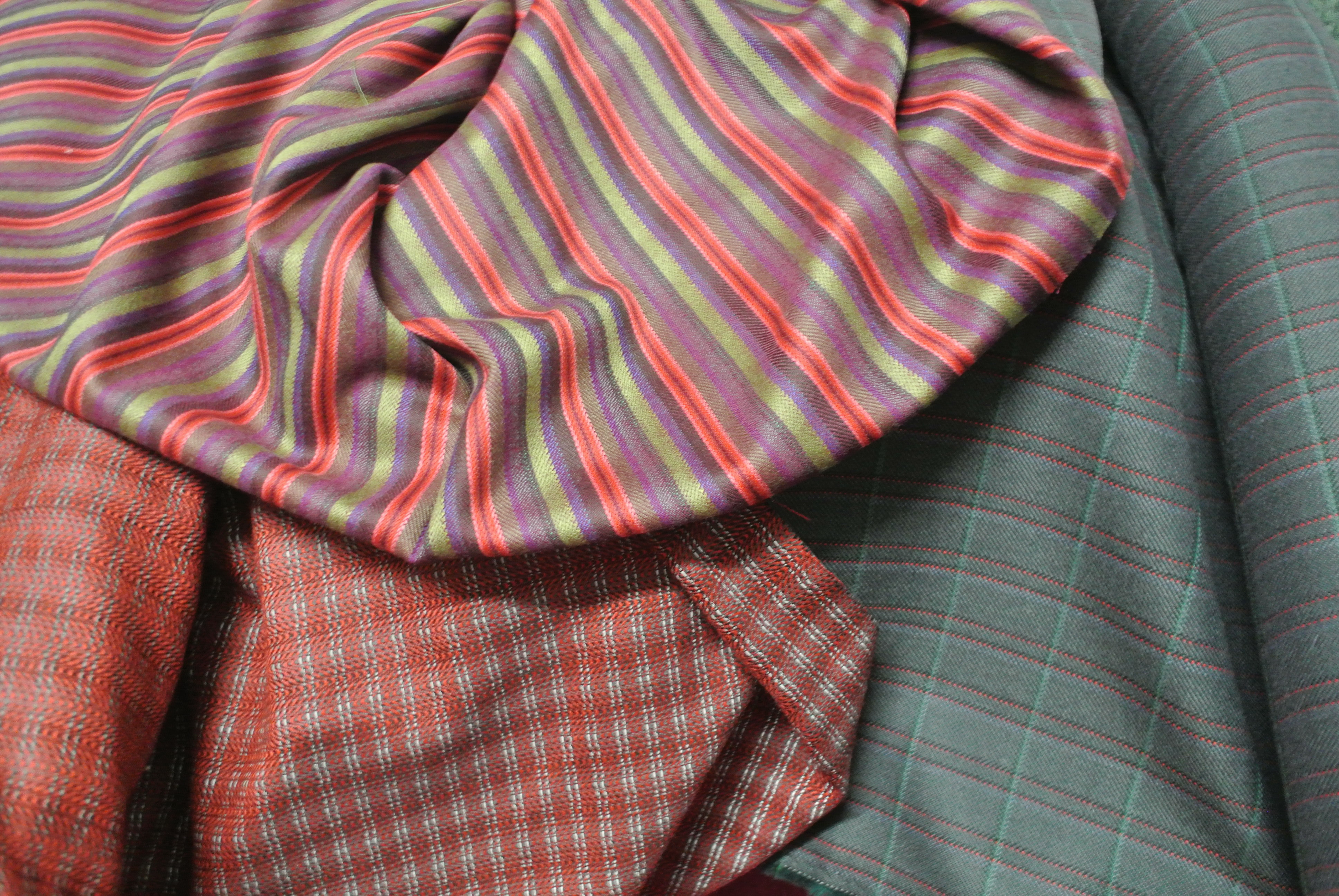
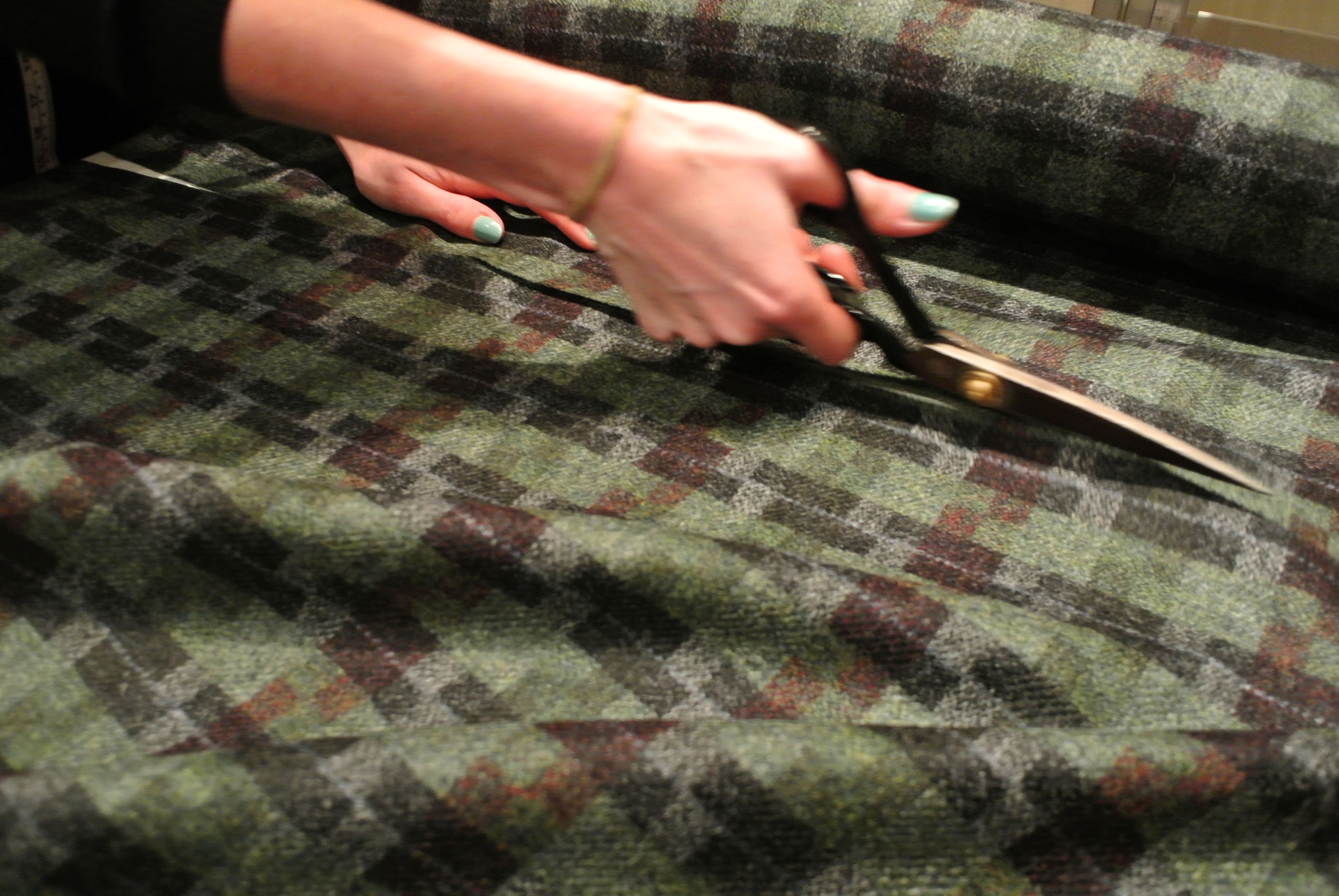
This Post Has 0 Comments